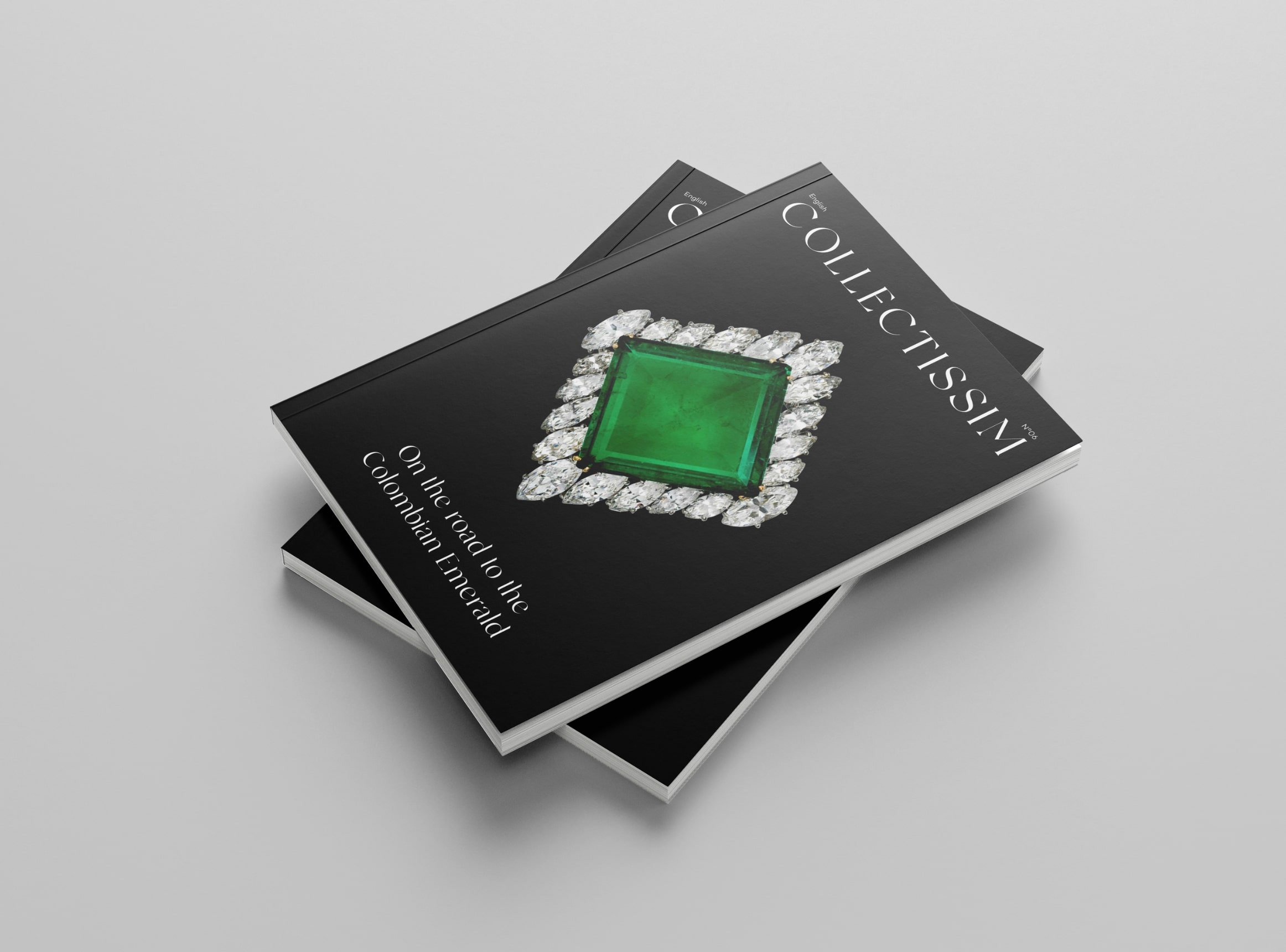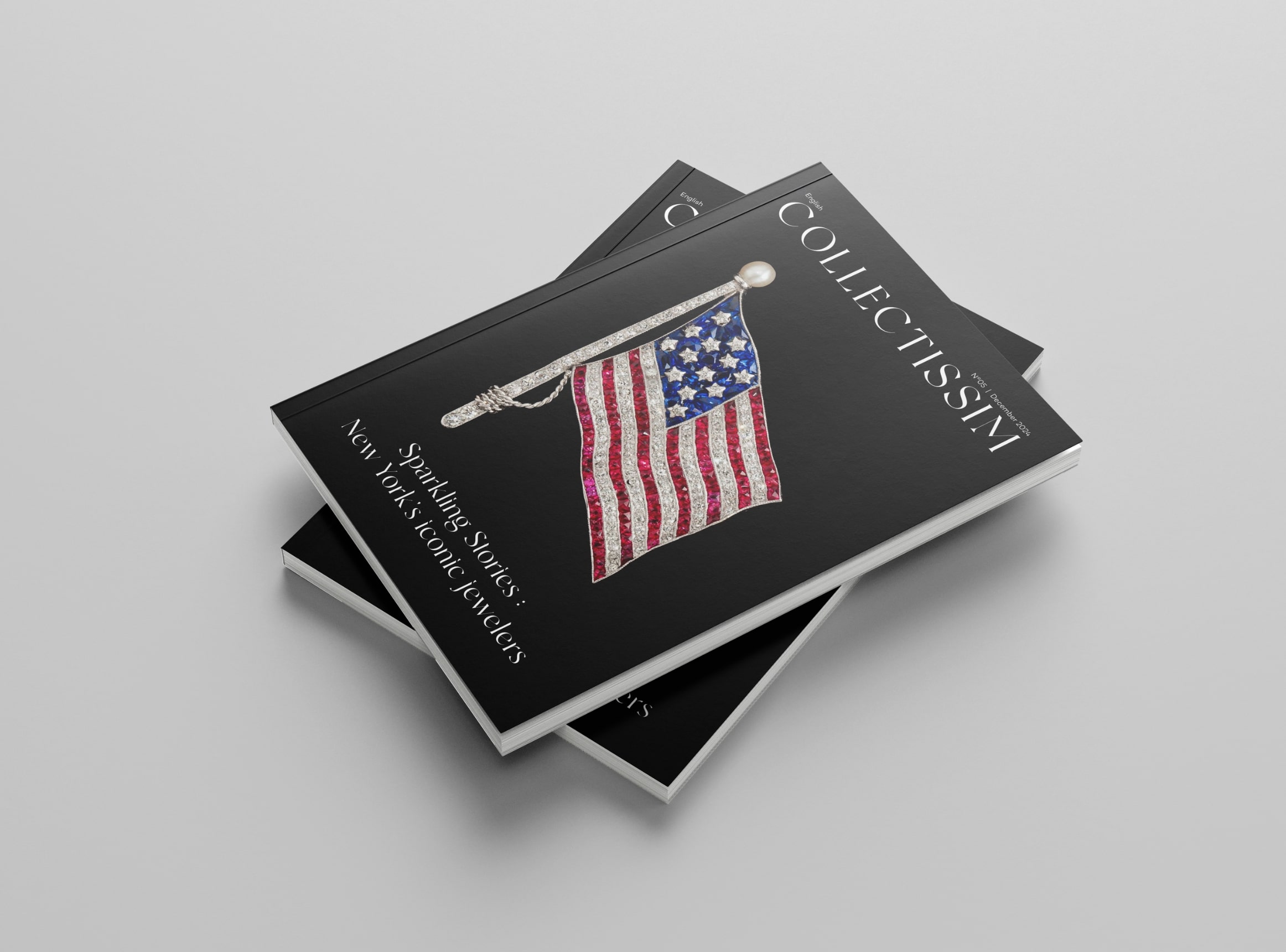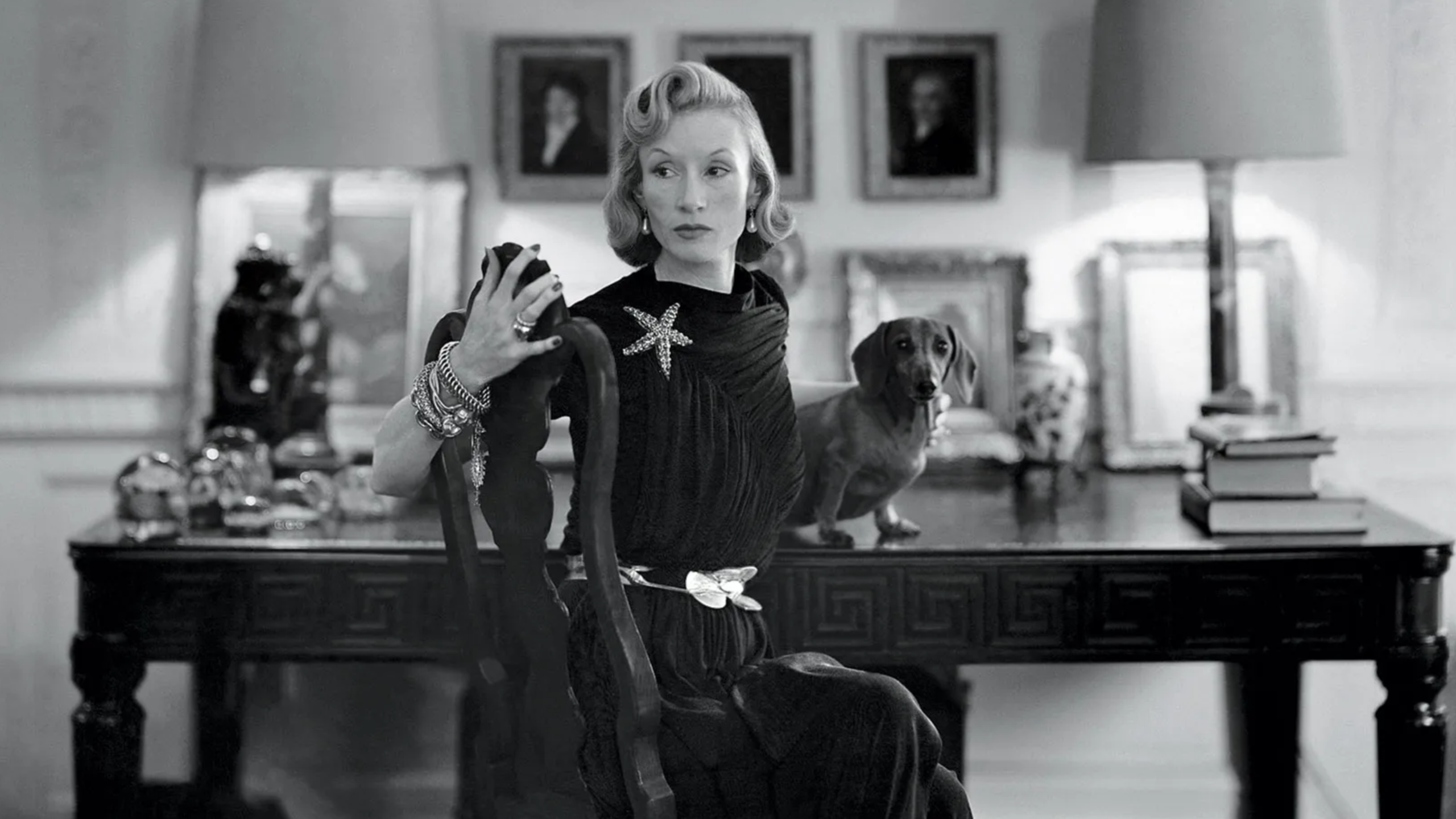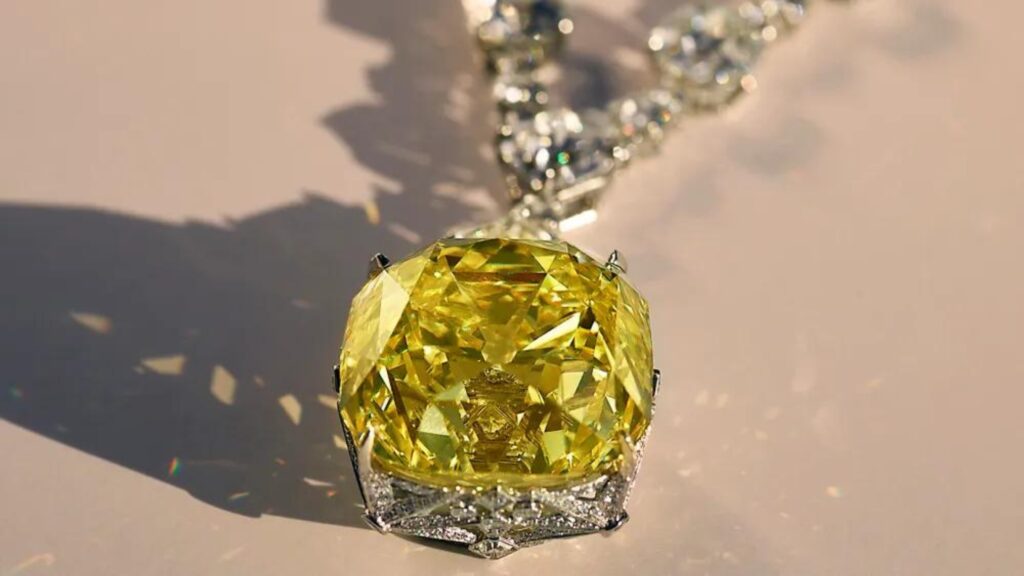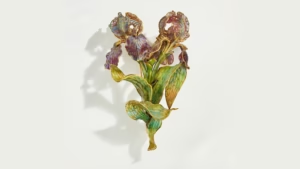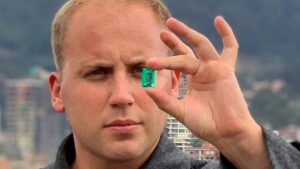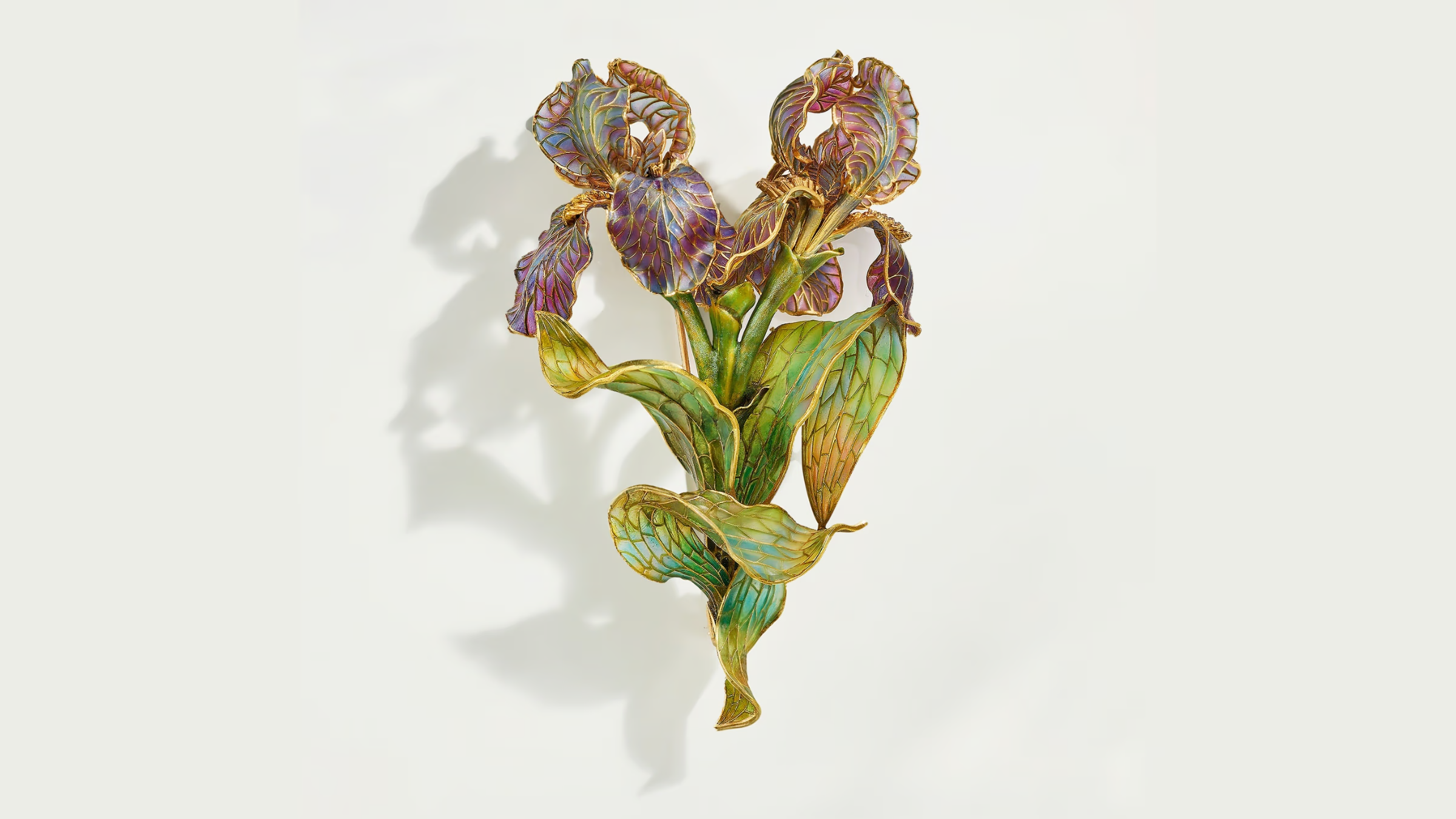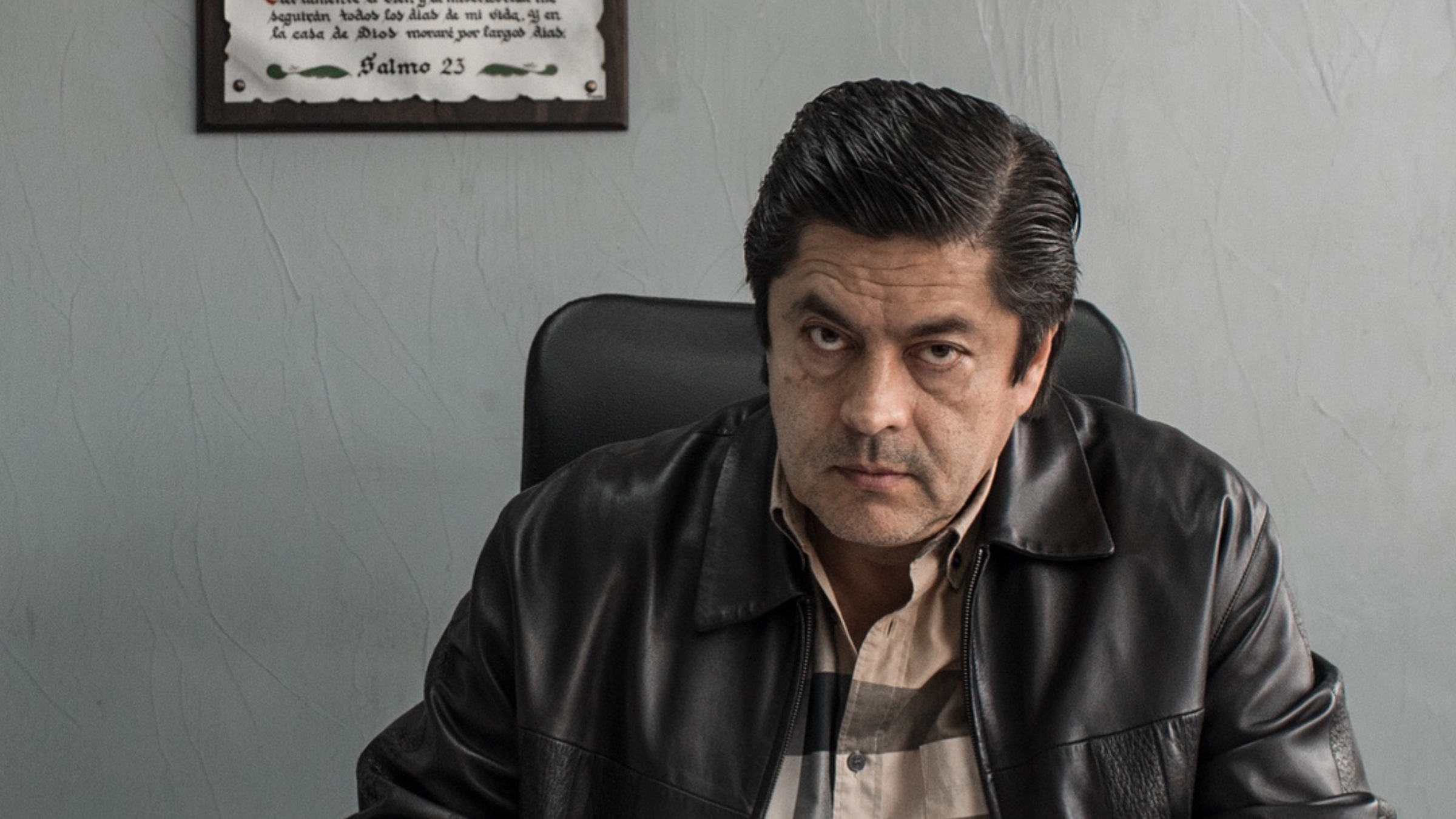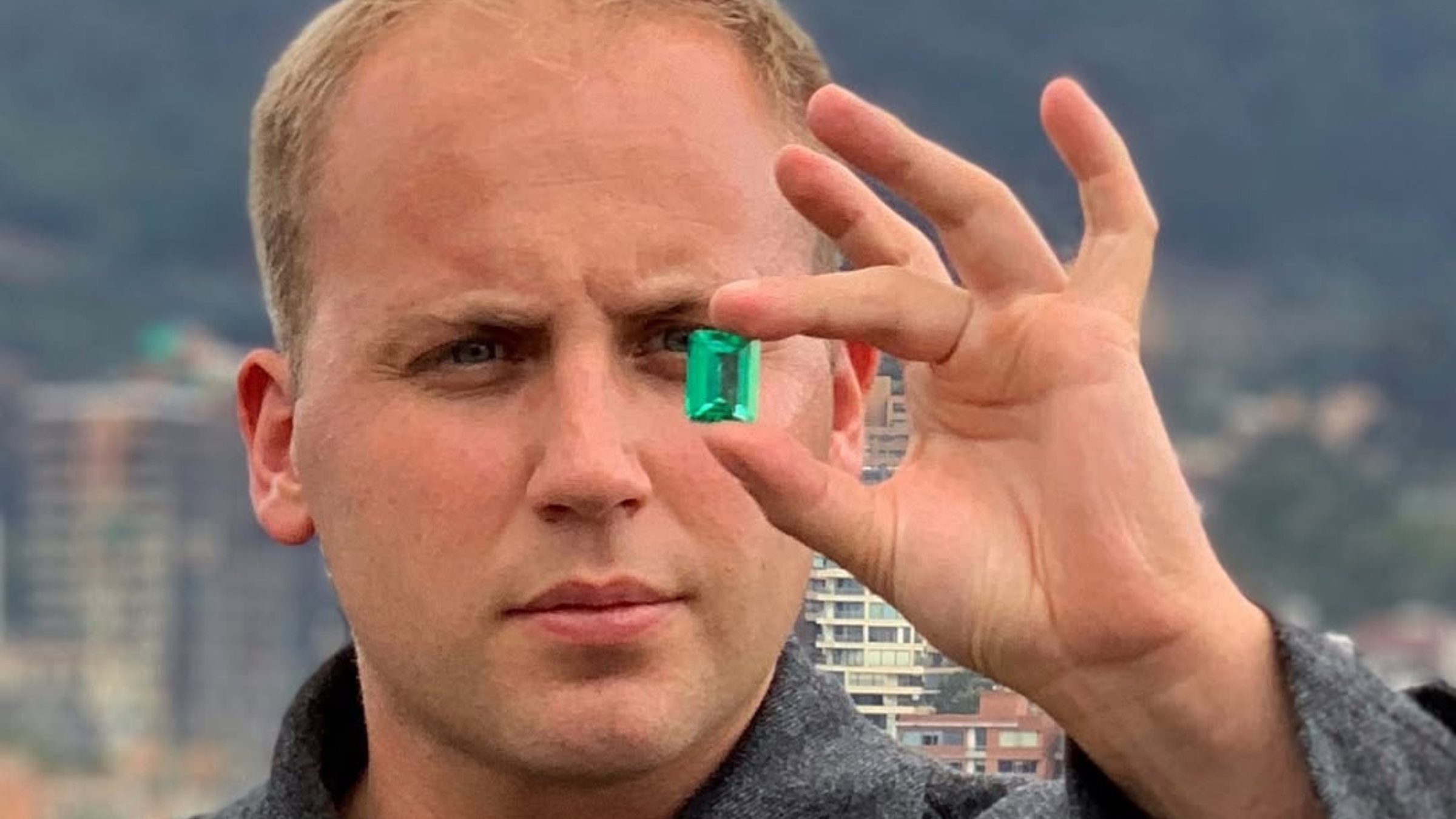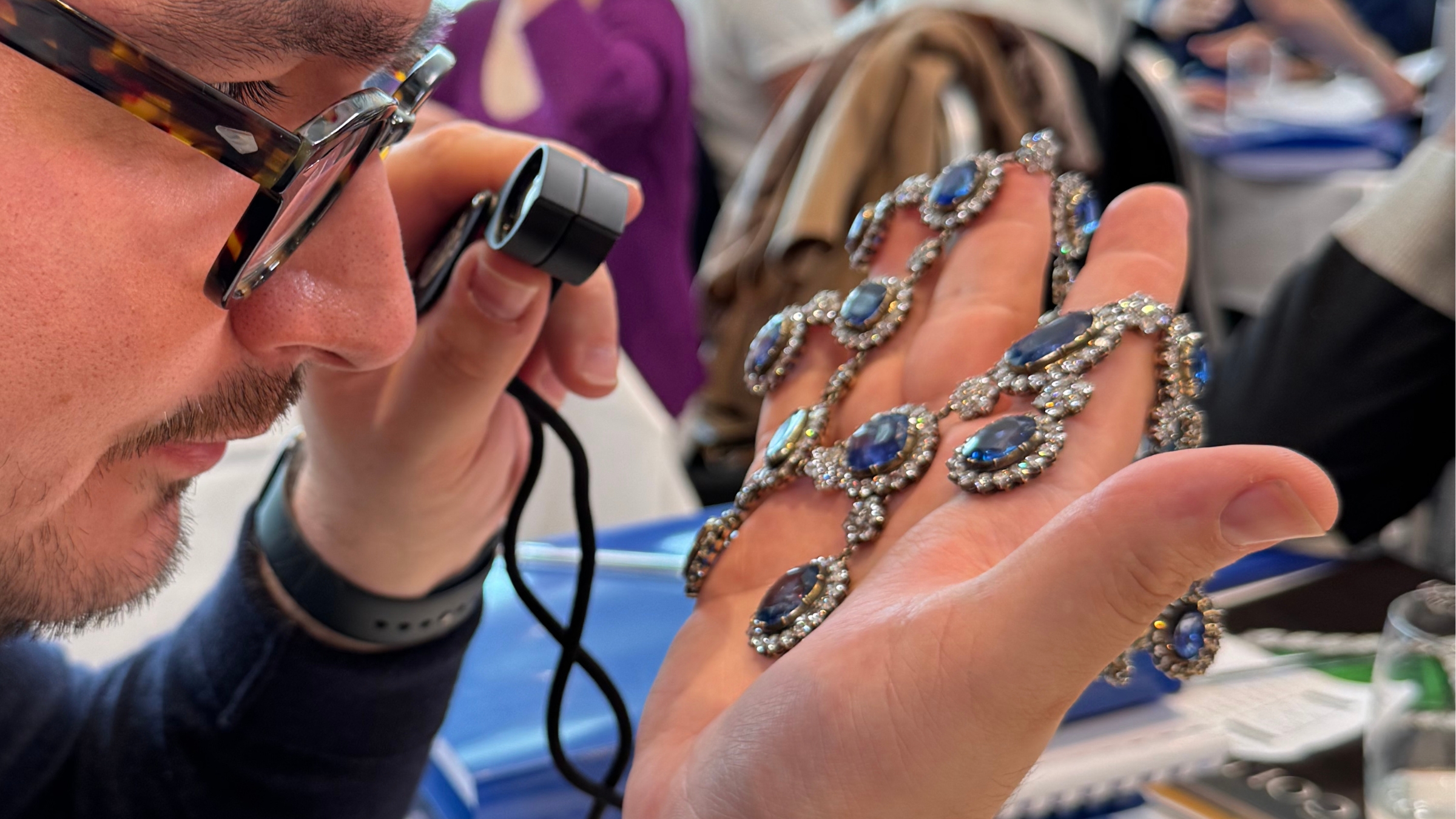“Diamonds are forever”. De Beers may not have realized it at the time, but this advertising slogan completely revolutionized the world of diamonds.
A symbol of eternity and strength, these precious stones, steeped in history and legend, have captured the imagination of millions of people through the ages. Even today, diamonds remain the stone of choice for jewelry creations.
Le Régent
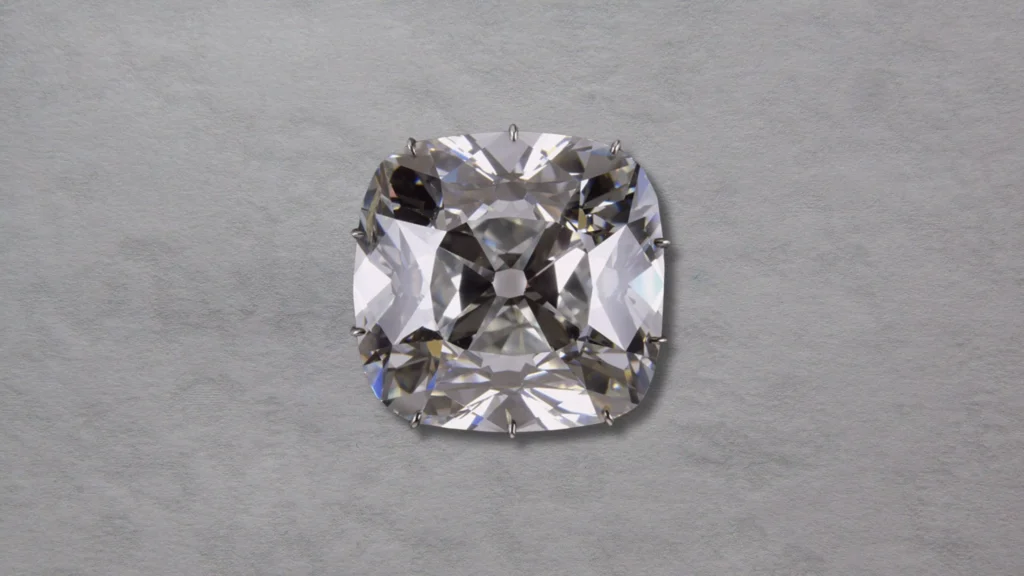
The Regent is an almost colorless, rectangular cushion-shaped faceted diamond with a slight blue-green tint, weighing almost 140 carats.
Discovered in 1698 in the Golconde mines in India, it originally weighed 426 carats. It immediately aroused the interest of Thomas Pitt, the English governor of Madras, who purchased it.
The diamond was cut in England for two years by the London jeweler Harris to its current weight. It was then sold to the regent Philippe d’Orléans in 1717.
The Regent surpassed in beauty and weight all diamonds previously known in the West.
After the Regency, this jewel remained one of the most precious pieces in the Crown’s possessions, and served as an adornment for all crowned heads.
The Regent was first worn by Louis 14 at the reception of the Turkish Embassy in 1721. It was then provisionally set on the crown for the coronation of Louis 15 on October 25, 1722. For the coronation of Louis 16 on June 11, 1775, a new crown was made, similar to that of Louis 15, with the Regent on the front.
Translated with DeepL.com (free version)
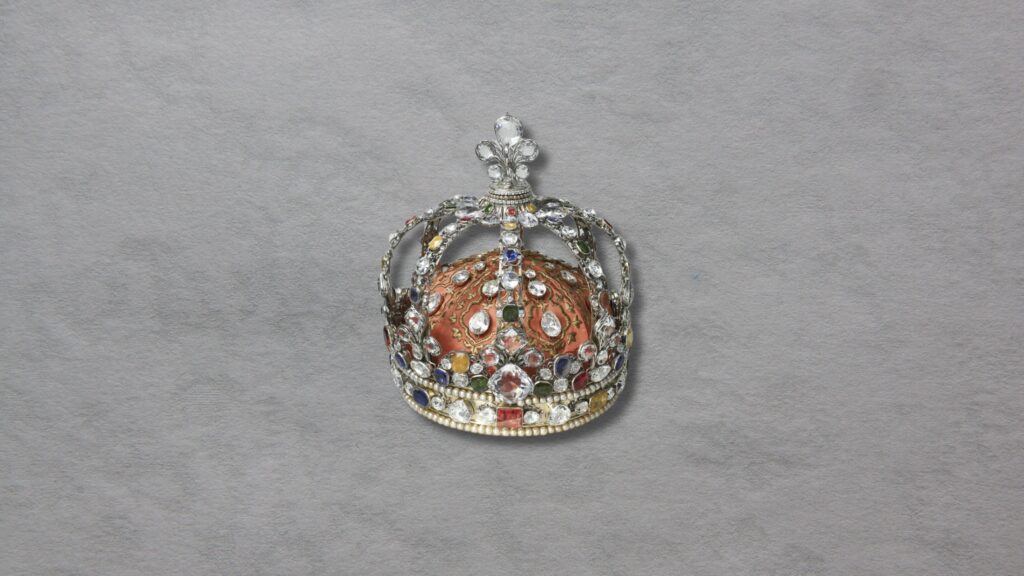
Stolen in 1792, then found in 1793 hidden in a roof frame, it was pawned several times by the Directoire and then the Consulate before being finally recovered by Napoleon Bonaparte in 1801. It was then used to embellish the sword of the First Consul made by the silversmiths Odiot, Boutet and Nitot.
Following the changes of regime, it was set on the crowns of Louis XVIII, Charles X and Napoleon III, then on the Greek diadem of Empress Eugénie.
In 1887, it narrowly escaped the sale of French crown diamonds organized by the Republic.
Today, it is displayed in the Galerie d’Apollon at the Louvre and is still considered the most beautiful diamond in the world for its purity and quality of cut.
Le Sancy
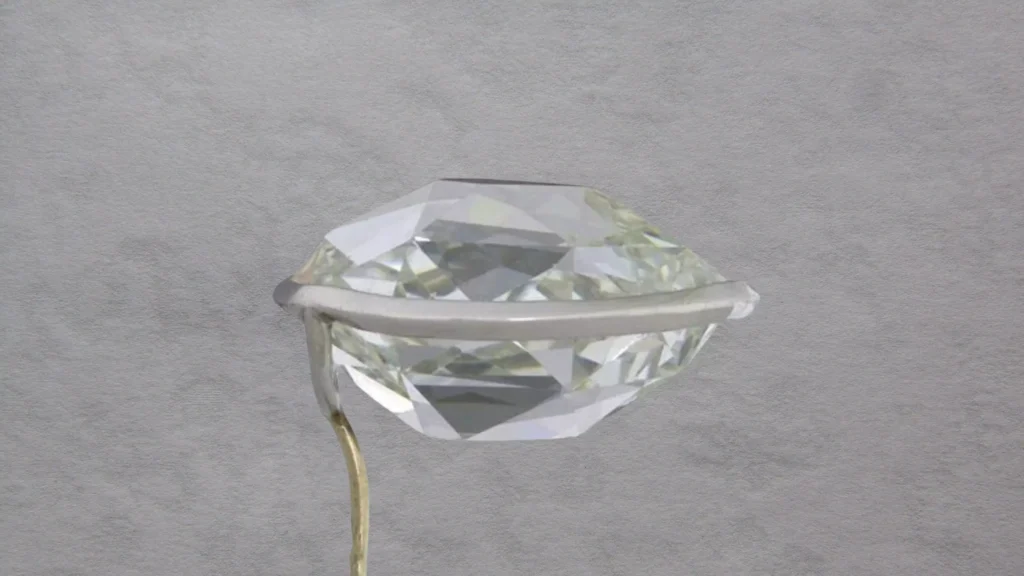
Sancy is an asymmetrical pear-shaped diamond, faceted on both sides and weighing nearly 55 carats. The gem is almost colorless, but very pale greenish-yellow around the edges.
Very little is known about the origin of this diamond, apart from the fact that it was mined in India and must have weighed close to 100 carats. It was first found in Bruges in 1476, where it was cut for Charles the Bold. Following battles, the stone was lost, only to reappear in Portugal among the Portuguese crown jewels.
Portugal’s King Manuel the First pawned the diamond to Nicolas Harlay de Sancy, who then decided to buy it and presumably gave it its current appearance. Following financial difficulties, the Duc de Sancy sold the diamond to the King of England, where it remained until James II’s exile, when he took refuge in France with Cardinal Mazarin, who recovered it and bequeathed it to Louis XIV on his death.
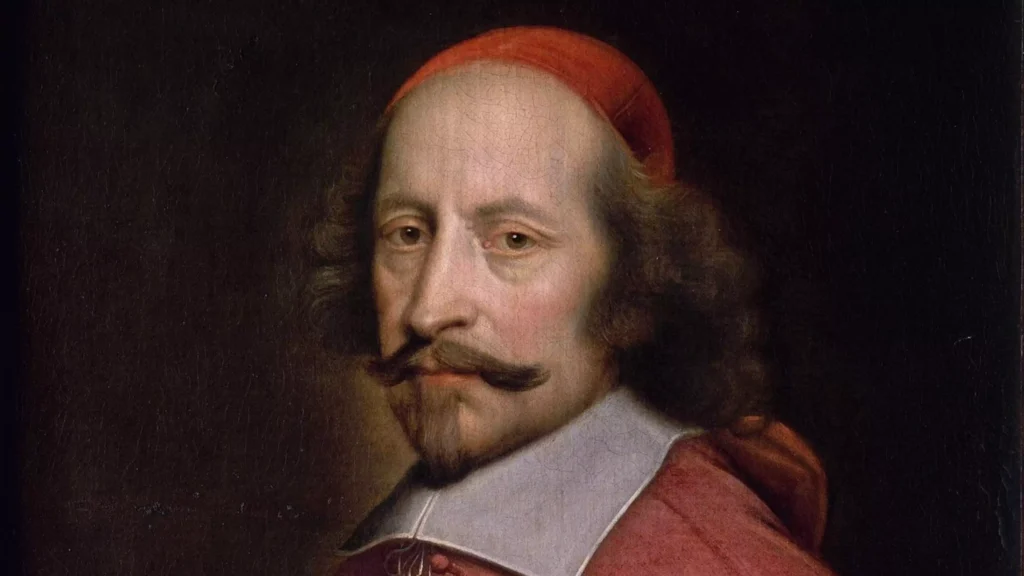
During the French Revolution, the Sancy diamond was stolen when the Hôtel du Garde-Meuble was sacked. It was eventually found in Russia and sold to an Indian prince, who kept it for a year.
It made another brief appearance in France at the 1867 Paris Exhibition, and then disappeared for almost forty years. Its last purchaser, the Astor family, kept it for 72 years, finally selling it to the Musée du Louvre in 1978 for the sum of 1 million francs. Since then, the diamond has been on display at the Galerie Apollon.
Le Hope
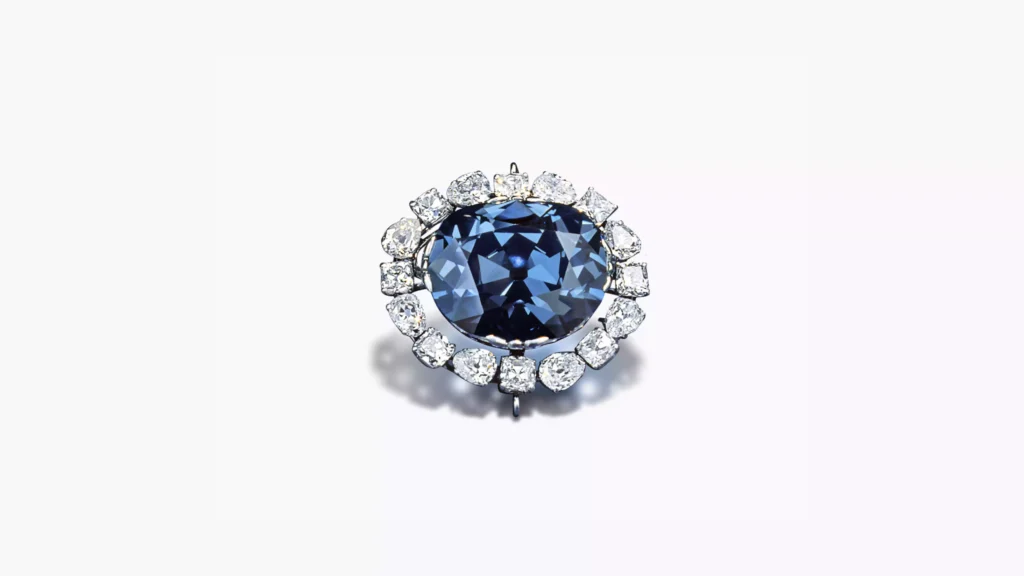
It is one of the world’s most famous diamonds, not only for its beauty, but also for its reputation as a cursed diamond. The Hope diamond is a 45.52-carat blue cushion.
The diamond was brought to France by Jean Baptiste Tavernier, who sold it to Louis XIV. It had long been assumed that it had been stolen from an Indian temple, but Mughal archives record the diamond’s discovery and sale at the Golconde diamond market.
Louis XIV had the stone cut from 112 to 67 carats and named the diamond Bleu de France.
Recent discoveries have revealed that the Bleu de France was presented on an enamelled gold stick with the diamond as the pommel. The transparent enamel revealed a sun in the center of a blue sky.
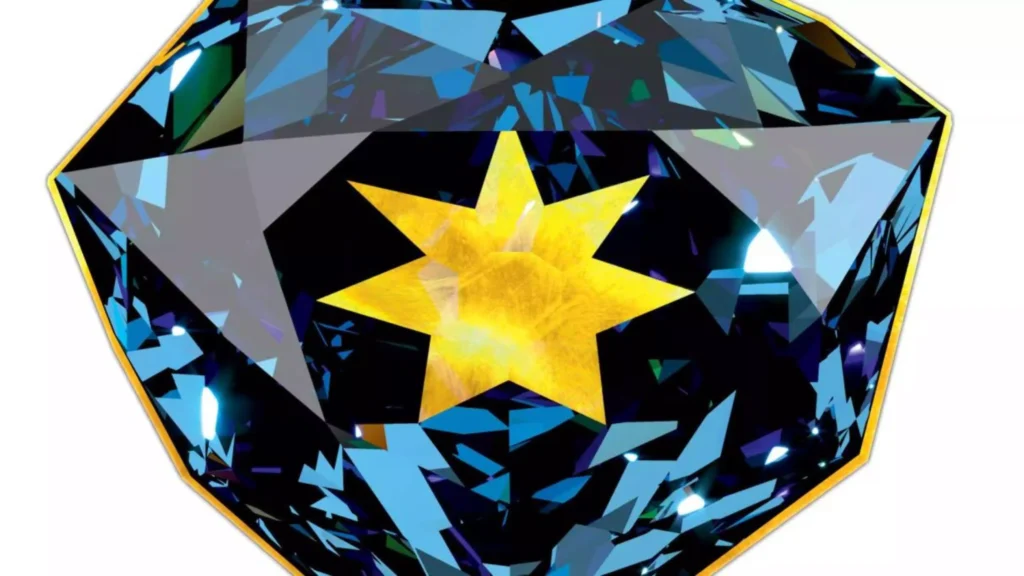
In September 1792, the diamond disappeared during the theft of the French crown jewels and ended up in England, where it was cut to disguise its provenance. It was lost until 1812.
In 1824, the stone was sold to Thomas Hope, a wealthy London banker who gave his name to the stone. Thomas Hope died in 1831. The diamond remained in the family for several years until 1902, when it was sold for $250,000 to an American banker after the Hope family went bankrupt.
In 1910, it was bought by Cartier, who, aware of the diamond’s reputation, mounted it as a pendant and sold it to a wealthy client at a relatively low price. She kept it until her death in 1947, after seeing the death of her two children and her husband sent to an asylum.
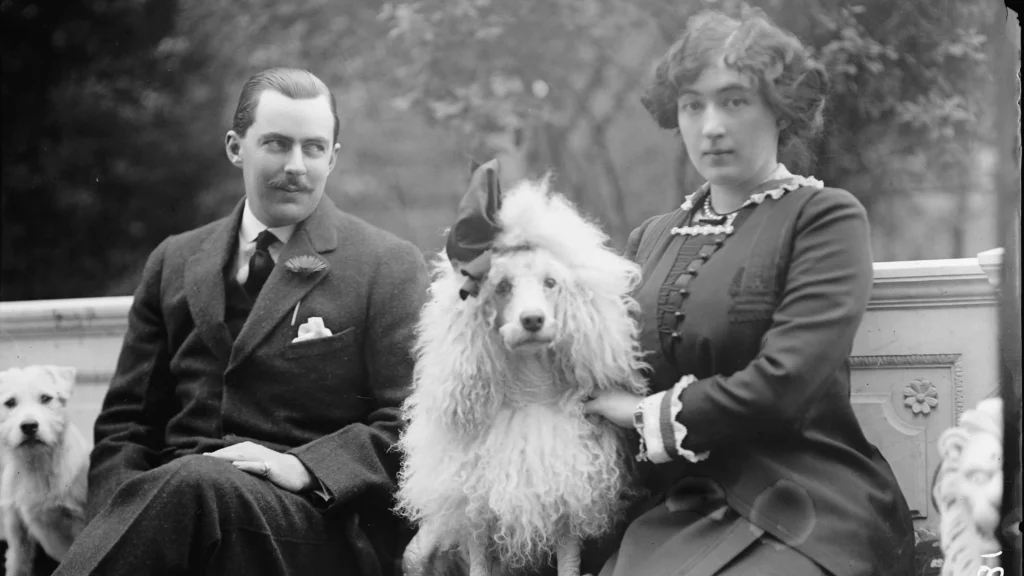
The diamond then passed to Harry Winston, who was unable to sell it, preferring instead to donate it to Washington’s Smithonian Institute in 1958, where it can now be seen and admired by almost 6 million visitors every year, right behind the Mona Lisa.
Le Cullinan
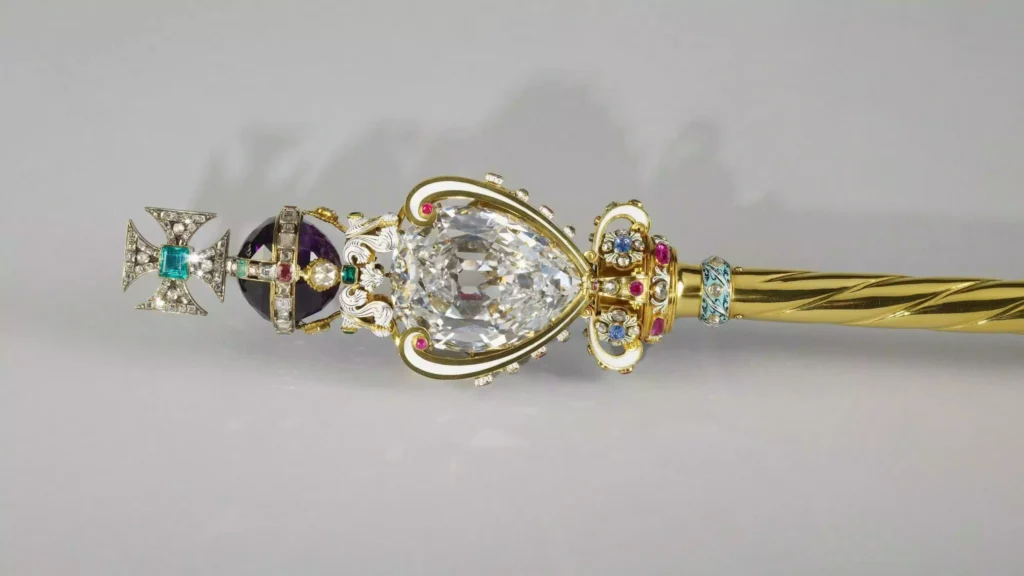
It is the largest rough diamond ever discovered, weighing in at nearly 3106 carats.
It was discovered on January 26, 1905, in the Premier mine near Pretoria, South Africa, and bears the name of the mine’s owner, Thomas Cullinan.
The Transvaal government purchased the crude for $750,000. In 1907, the Transvaal government decided to present it to King Edward 7 of the United Kingdom for his 66th birthday and to thank him for granting independence. Its shipment to London in 1907 was quite unexpected. A decoy was set up: a ship with a heavily armed convoy, while the diamond was simply sent by post as an ordinary package. In 1908, King Edward 7 sent the stone to Amsterdam to be cut by diamond cutter Joseph Assher.
After studying the diamond at length and testing replicas for several months, he began cutting it on February 10, 1908: he succeeded in splitting the diamond into three parts: the two largest pieces became Cullinan 1 and Cullinan 2.
The third piece was split into nine huge main stones and 96 brilliants.
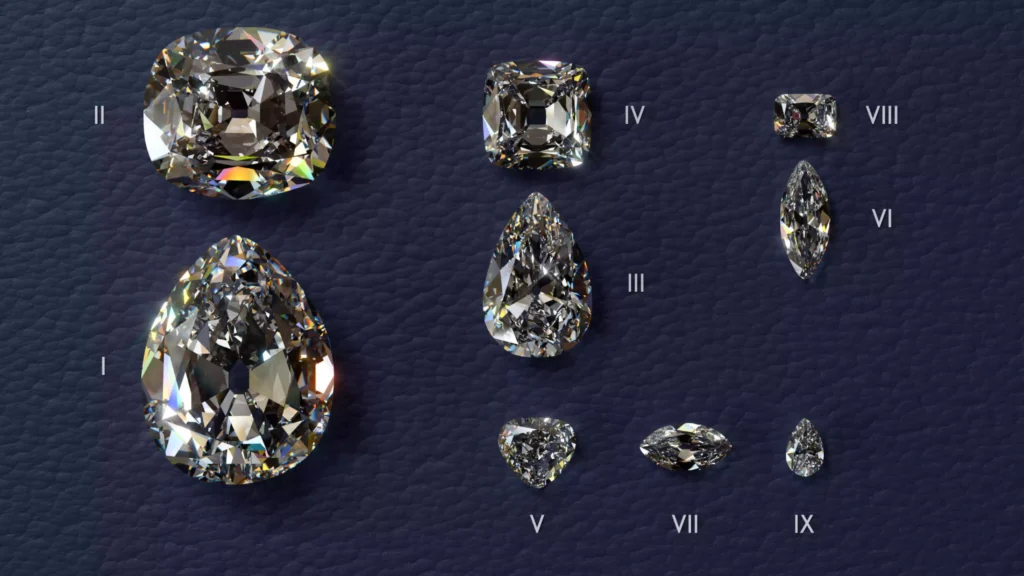
The largest stone extracted from the rough at 3106 carats, the Cullinan I or Great Star of Africa weighs 530 carats, is pear-cut and has 74 facets. It took almost eight months to cut.
Mounted on the Sovereign Sceptre with Cross, it can also be combined with the Cullinan 2 to form an imposing brooch.
The second-largest Cullinan gem, the Lesser Star of Africa weighs 317 carats, is of exceptional quality and is cushion-cut with 66 facets. It was mounted on the Imperial State Crown, also part of the British Treasury, below the Black Prince ruby.
The Cullinan 3 and Cullinan 4 are both worn as brooches. The pear-cut Cullinan 3 weighs 94 carats and the cushion-cut Cullinan 4 weighs 63 carats. The brooch has been worn on many occasions by Queen Elizabeth II on official occasions.
The heart-cut Cullinan 5 weighs 18 carats. It was mounted as a brooch and often worn by Queen Mary, Elizabeth II’s grandmother. She wore it on many occasions, notably for Prince Philipp’s 99th birthday.
The Cullinan 6 is an 11-carat marquise-cut diamond given by Queen Alexandra to her daughter, Queen Mary. It adorns a famous necklace, the Delhi Durbar in diamonds and emeralds.
The Cullinan 7 and Cullinan 8, respectively 8 and 6 carats, form a lovely brooch given by Queen Mary to her granddaughter Elizabeth II in 1953.
Cullinan 9 is a 4.4-carat pear-shaped diamond set in a splendid platinum ring.
Pierres exceptionnelles : Le Cullinan
Le Koh-I-Noor
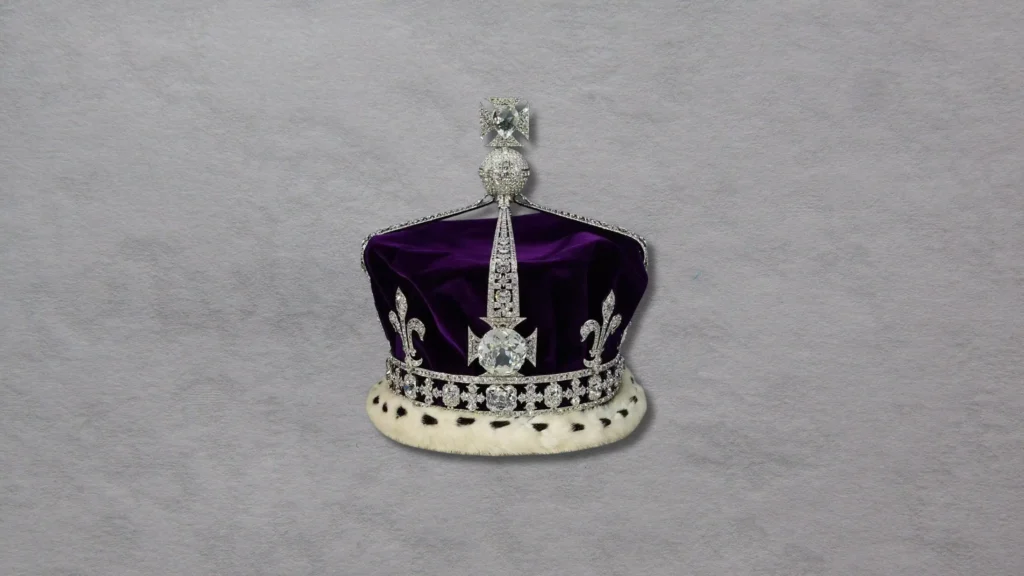
The exact origin of Koh-i Nor is unknown. It may have come from the ancient Indian mine of Golconde.
However, the first mention of the diamond is found in the Babur Nama, the chronicle of the life of Bâbur, which records it as being in the possession of the râja of Mâlvâ in India. It then passed into the hands of the Mughal emperors in 1526. He then ascended the Peacock throne. However, it only took on its current name in 1739 when it passed into the hands of Nader Shah of Persia after the sacking of Delhi.
It was he who, captivated by its beauty, described it as a “Koh-i-Nore”, meaning “mountain of light”. A poetic metaphor that quickly became the diamond’s nickname. The diamond then fell into the hands of the kings of Afghanistan, before ending up in the hands of the Sikh Maharajahs of the Punjab. His last heir was Dhulip Singh, who was just 5 years old when he received the coveted stone.
The British confiscated it from him in 1849 when they seized his state and all his property.
Presented to Queen Victoria on July 3, 1850, the diamond was cut in 1852 from 186 to its present 105 carats to enhance its brilliance. In 1936, the stone was installed in the crown of the new Queen Elizabeth, wife of King George 6.
Since 1937, the Koh-i-Nore diamond has been part of Queen Elizabeth’s platinum crown. The crown she wore at the coronation of George 6. The platinum crown last appeared in public in 2002, on the occasion of the Queen Mother’s funeral.
Several requests for restitution have already been launched by India and Pakistan. The Indian government’s first request dates back to 1947, when the stone was said to symbolize the country’s independence from British rule. Then, in 1976, the Pakistani Prime Minister made his own request for the stone’s return. As did Iran and Afghanistan.
Le Dresden Green
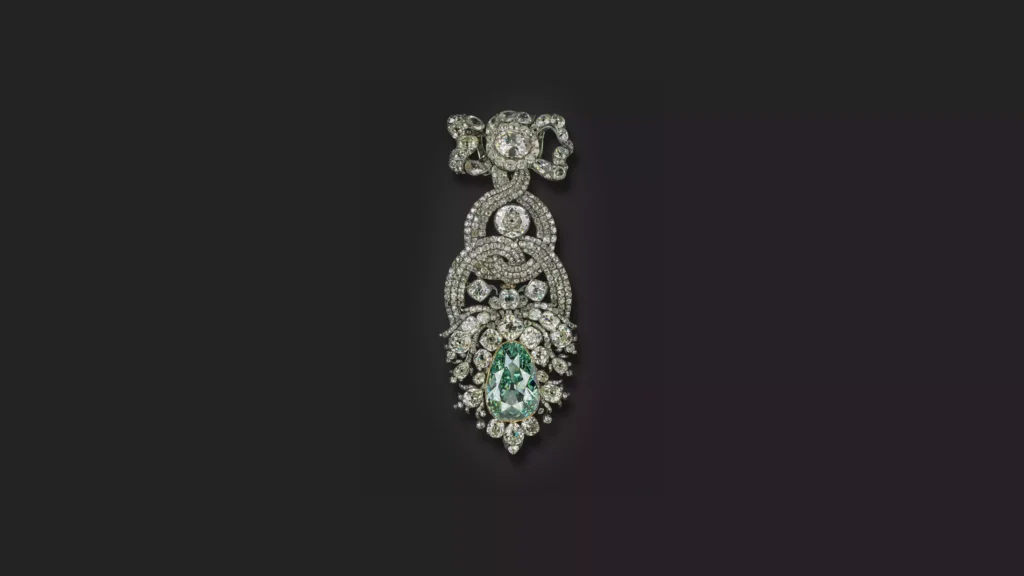
The Dresden Green Diamond is an amazing natural colored diamond that reflects a green shadow and weighs 40 carats. It is the largest naturally green diamond ever found.
Little is known about its origins, but the diamond is thought to have come from the diamond mines of Golconde. It arrived in London in 1726 via a diamond merchant, where it was cut and presented to King George, who showed no interest in the stone.
It ended up in the hands of the King of Poland and was inserted into a hat brim around 1768. On November 25, 2019, thieves broke into the Dresden Museum’s “Green Vault” and stole three priceless diamond and ruby sets dating back to the 18th century. Fortunately, the museum’s most precious piece did not fall into the hands of the burglars. On the night of the theft, it was a few thousand miles away, at the Metropolitan Museum of Art in New York.
Today, it can still be seen at the Dresden museum.
Oppenheimer Blue
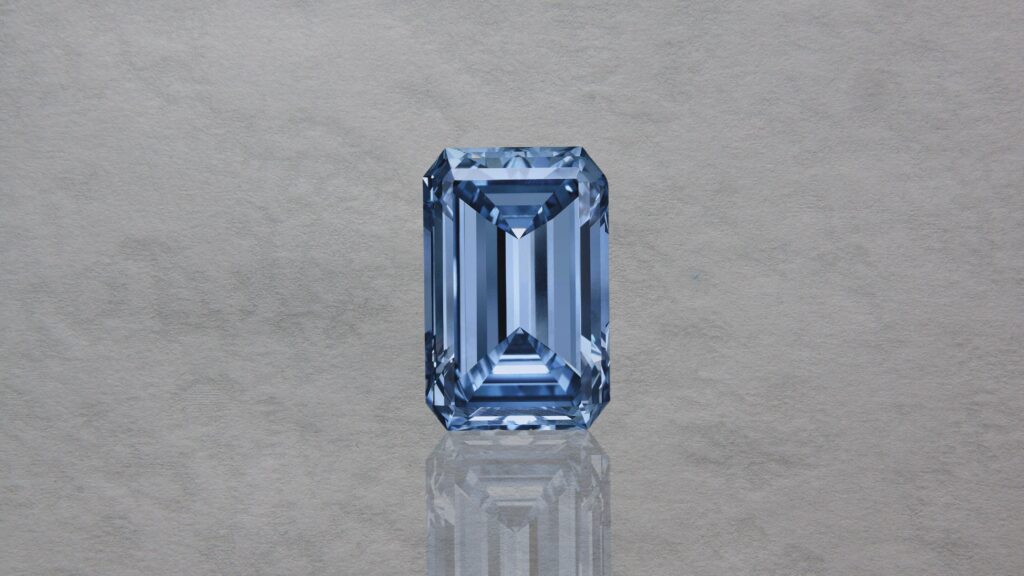
The Oppenheimer Blue diamond is a 14-carat diamond that became the most expensive diamond ever sold at auction on May 18, 2016. It is the largest diamond classified as fancy vivid blue by the GIA.
Few details were given about its discovery, other than that it came from the famous Premier Mine in South Africa. The rough stone must have weighed between 30 and 35 carats.
It was sold by Christie’s in Geneva on May 18, 2016 for 57 million Swiss francs, beating the previous record for a blue diamond, the Blue Moon Josephine.
Blue Moon
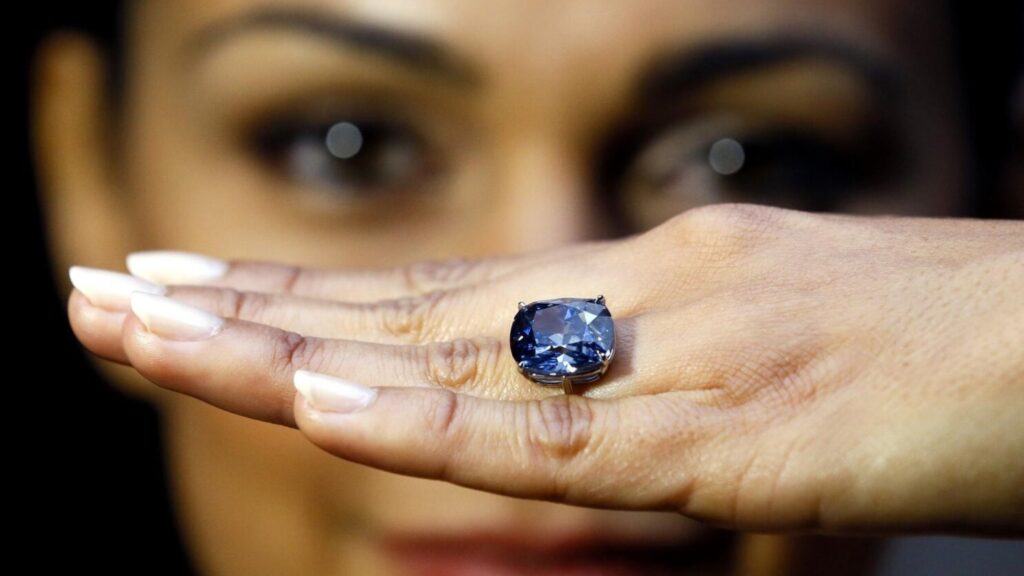
The Blue Moon is a 12-carat blue diamond that was discovered in South Africa in January 2014 and sold at a Sotheby’s auction in Geneva in November 2015 for $48 million, setting a record for the highest price ever achieved per carat and making it the world’s most expensive diamond.
The diamond was purchased by a Hong Kong billionaire, who named it “Blue Moon of Joséphine” in honor of his seven-year-old daughter.
The day before the sale of the “Blue Moon”, the billionaire had also bought a 16-carat pink diamond at a Christie’s auction for $28 million and renamed the diamond “Sweet Josephine”.
Pink Star
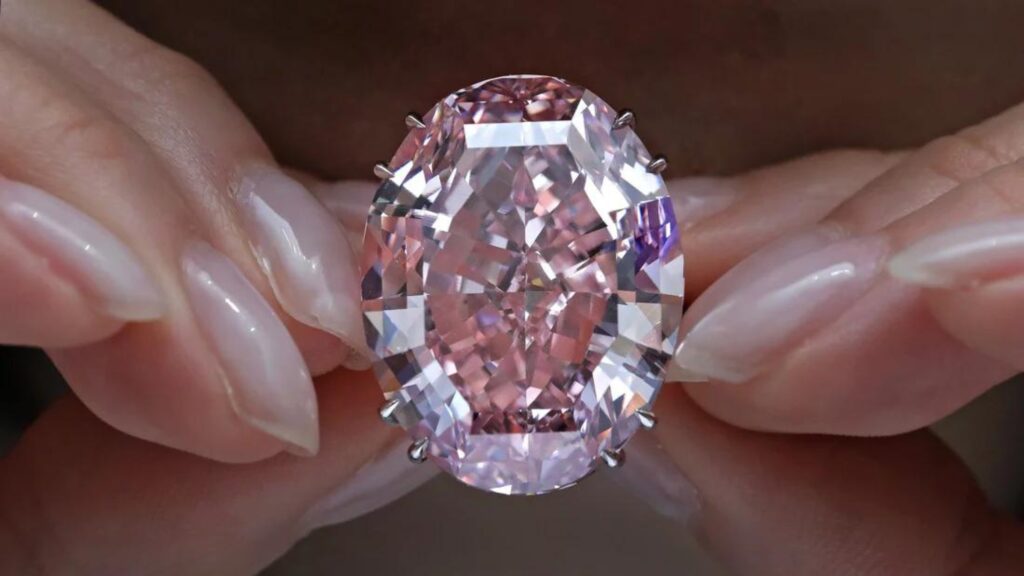
The Pink Star is a 59-carat diamond classified as Fancy Vivid Pink by the GIA.
It was discovered by De Beers in 1999 in South Africa and weighed 132 carats in the rough.
It was auctioned at Sotheby’s in Geneva on November 13, 2013. The sale price was 68 million Swiss francs, a world record for a gemstone. However, the New York buyer failed to come forward.
In 2017, it was relisted in Hong Kong and sold for almost $71 million, officially setting the record for the highest price for a diamond at auction.
Lesedi La Rona
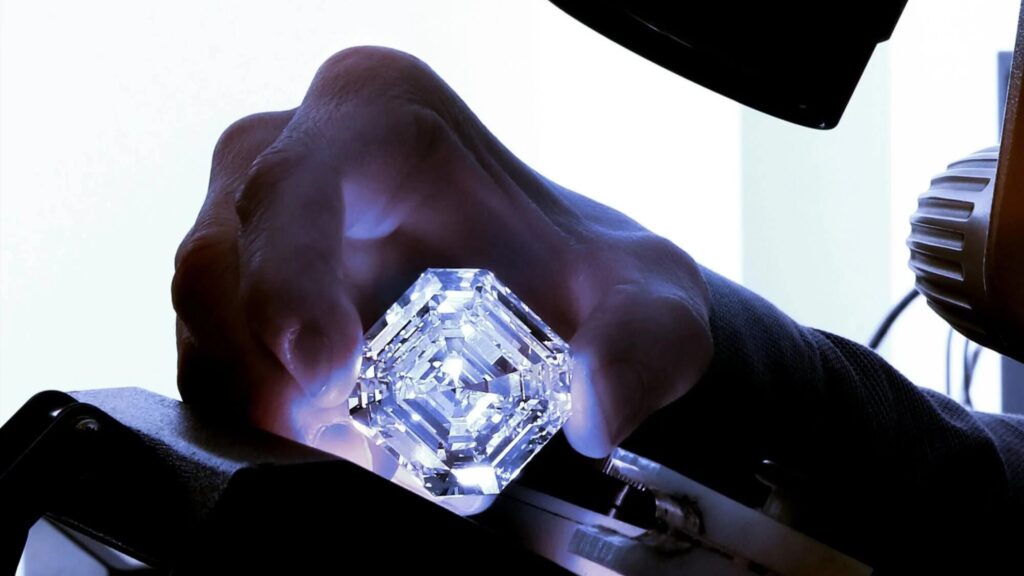
At 1,109 carats, the Lesedi La Rona is the third-largest rough diamond when discovered. It was discovered in 2015 in Botswana.
Cutting the rough yielded a D-color main diamond of 302 carats.
An auction at Sotheby’s in London failed in June 2016, failing to reach the reserve price of $70 million. It was finally purchased in September 2017 by British jeweler Graff, for $53 million.
According to Graff, this diamond is the largest diamond of the highest purity and whitest color ever certified by the GIA.
Le Allnatt
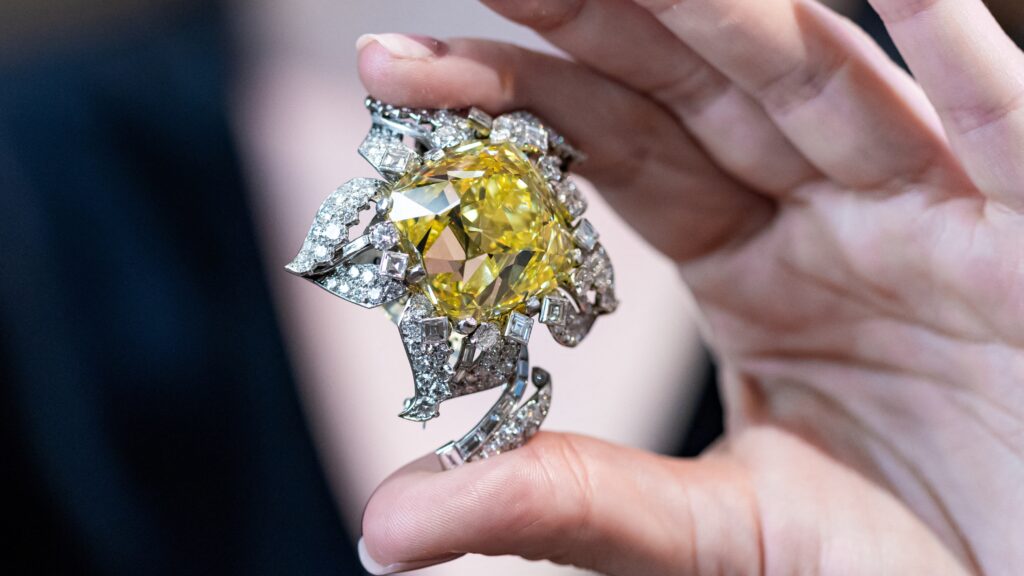
The Allnatt diamond is one of the world’s most important Fancy Vivid Yellow diamonds, famous for its richly saturated golden yellow color and enchanting cut it was set in a brooch by Cartier in 1952.
The Allnatt diamond was most probably mined by South Africa’s De Beers Millennium mine. Although its exact date of discovery is not recorded, the diamond’s cut suggests that it was cut in the late 19th or early 20th century.
The diamond is named after its first owner, Major Alfred Ernest Allnatt, a renowned British sportsman, racehorse owner, philanthropist, collector and patron of the arts. He acquired the diamond in the early 1950s, when it still weighed 102 carats, and decided to have it set in a brooch by Cartier.
The Allnatt forms the centerpiece of a delicate flower with openwork petals of brilliant-cut diamonds and baguette-cut diamonds. The diamond was last offered at auction in Geneva in May 1996, where it fetched the exceptional result of $3 million. At the time, the diamond weighed 102 carats and was graded Fancy Intense Yellow by the GIA. Subsequently, the stone was carefully repolished to its current 101 carats. It was offered at auction in May 2024 in Geneva, but was withdrawn just before the start of the sale.
Le Tiffany Diamond
In 1877, a 287-carat rough yellow diamond was extracted from the Kimberley mines in South Africa. Charles Lewis Tiffany, founder of the company of the same name, acquired it and gave it the nickname “King of Diamonds”.
In Paris, the stone is cut into a 128-carat cushion-cut diamond with 82 facets.
Protected by the American jeweler, the stone was worn only 2 times in 143 years!
It was first released in 1961 for a photo shoot.
It was not until 2019 that the diamond was worn again. At the Oscars, Lady Gaga surprised everyone by wearing the Tiffany Diamond.
